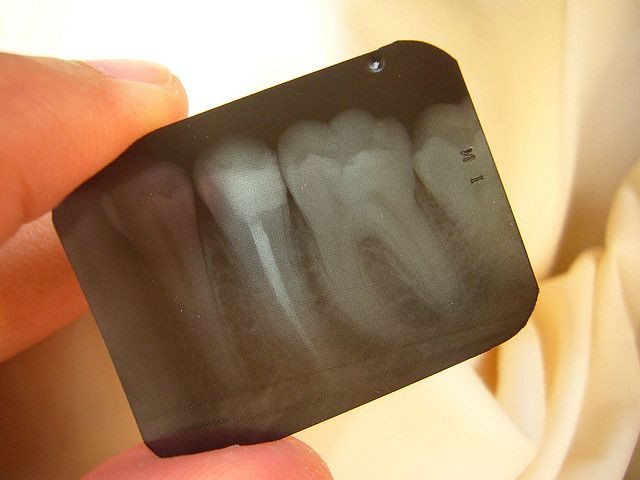New Gum Disease Treatment To Prevent And Reverse Complications Involves Key Immune System Component

Researchers from the University of Pennsylvania have discovered a potential new method for gum disease treatment, a new study reports. If successful, the treatment could prevent, halve, and even reverse the effects of the disease periodontitis.
In the U.S. alone, nearly half (47.2 percent) of adults over the age of 30 suffer from some form of periodontal disease, and the prevalence only increases with age: Above 65 years, 70.1 percent of adults have some form of the disease. While the disease is preventable with proper oral care, after bacteria has spread to beneath the teeth, deep under the gum line, the inflammation that results can often require surgery to fix.
Now researchers believe their method, which involves a key component of the immune system, known as the “complement system,” may offer a non-invasive, therapeutic form of relief. They relied on prior research that found the bacteria Porphyromonas gingivalis (P. gingivalis) recruits the immune system to inflame the gums surrounding the bacteria. In their current study, they took a closer look at exactly which part of the immune system could be suppressed to avoid this inflammation.
“P. gingivalis has many mechanisms to escape killing by the immune system, but getting rid of inflammation altogether is not good for them because they ‘feed’ off of it,” Penn researcher Evlambia Hajishengallis said in a news release.
To eradicate this inflammation, Hajishengallis and his colleagues looked at the complement system. This system serves as part of the body’s overall innate immune system, which doesn’t change over time and isn’t adaptable, and which consists of roughly 30 proteins. In their study, the researchers looked specifically at C3, which occupies a central position in signaling circuits that trigger activation of the innate immune system along with inflammation.
Their tests of mice and non-human primates showed that mice bred to lack C3 since birth had much less bone loss and inflammation in their gums several weeks after P. gingivalis infection compared with normal mice. These results persisted even after the team tied a silk string around the mice’s teeth to spur microbe collection and after they observed the disease’s formation on aging mice, to mimic human aging. Monkeys who then received a human version of the drug that inhibits C3 showed the same effects, with reduced risk for bone loss.
“We think this drug offers a promising possibility for treating adults with periodontitis,” co-researcher John Lambris said. “Blocking C3 locally in the mouth helps shift the balance of bacteria, producing an overall beneficial effect.”
To the researchers’ knowledge, this is the first time anyone has demonstrated the involvement of complement in inflammatory bone loss in non-human primates. They argue this could set the stage for translation to human treatments and “provide proof-of-concept that complement-targeted therapies can interfere with disease-promoting mechanisms,” Hajishengallis said.
Source: Maekawa T, Abe T, Hajishengallis E, et al. Genetic and Intervention Studies Implicating Complement C3 as a Major Target for the Treatment of Periodontitis. The Journal of Immunology. 2014.
Published by Medicaldaily.com



























